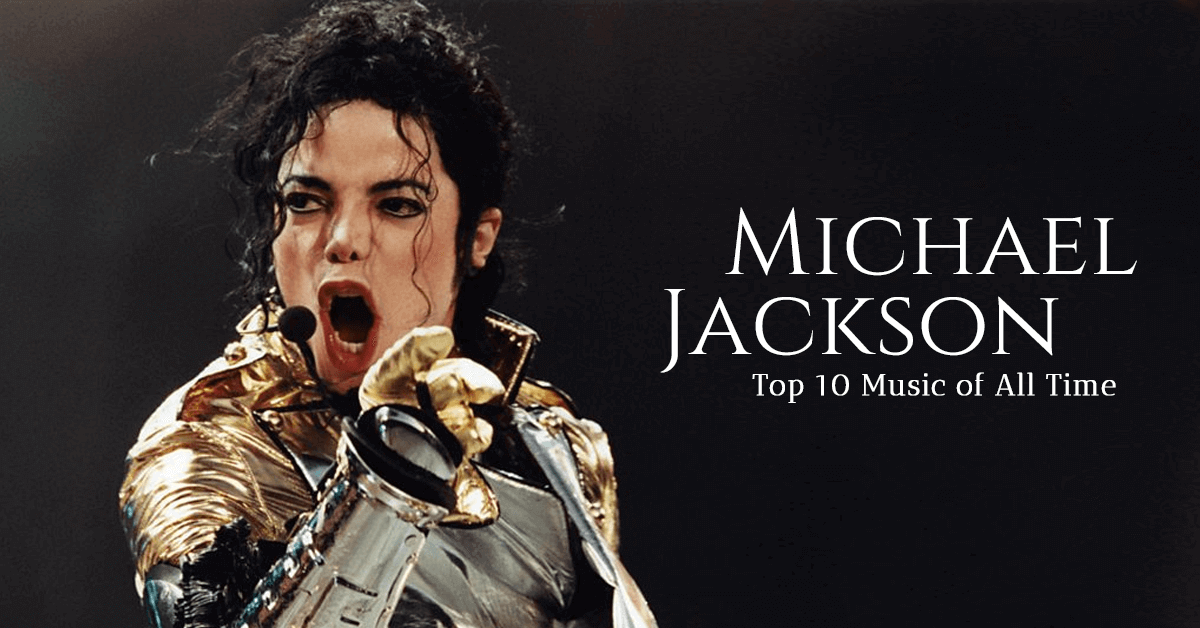


Another widely used method consists of presenting a priming context of notes or chords that generate tonal expectancies for the final target event. In Western listeners, the ratings typically follow a profile where the tonic and closely related tones (the fifth and third degrees) are preferred over other scale and out-of-scale tones. Listeners rate whether the final tone fits the preceding context 16. For example, the classic probe tone technique consists of presenting a tonal sequence of pitches ending on a variable probe tone. Prior behavioral studies of inner tonal knowledge have used paradigms that induce a sense of tonality 15. We define tonality as adherence to a scale, specifically the major and minor scales of Western tonal music, which are most likely to be culturally familiar to our Canadian participants, as well as the tendency to return to the tonic at the end of a melody. Tonal hierarchical organization of pitch is central because it facilitates perception, memory, and performance by creating expectancies 13, 14. The organizational principle of tonality is largely absent in speech 9, 10, yet the presence of discrete pitches, often forming nonequidistant scales, is ‘statistically universal’ across musical systems 11, even as scales differ across societies 12. These tonal principles allow, for example, any individual to detect an out-of-scale note in the musical surface. Nonscale tones are the least stable and often sound “sour”. Among the other scale tones, there is a hierarchy of importance or stability 8. In such music, scale tones are organized around a central tone, sometimes called the tonic, which usually starts and ends a musical piece. Most tonal music uses 4–7 focal pitches, forming a scale. Here, we examine whether sung improvisations demonstrate what has been proposed as one of the fundamental components of musicality: tonal organization of pitch 6, 7. Musicality can be defined as, “a natural, spontaneously developing set of traits based on and constrained by our cognitive abilities and their underlying biology” 5. The findings are a proof of concept that improvisation can serve as a novel, even enjoyable method for systematically measuring hidden aspects of musicality across the spectrum of musical ability. The results show signatures of tonality in both nonmusicians and individuals with congenital amusia, who have notorious difficulty performing musical tasks that require explicit responses and memory. To assess the extent to which each improvisation reflects tonality, which has been proposed to be a core organizational principle of musicality and which is present within most music traditions, we developed a new algorithm that compares a sung excerpt to a probability density function representing the tonal hierarchy of Western music. Each sang 28 long improvisations as a response to a verbal prompt or a continuation of a melodic stem. Here, we exploit this natural inclination to probe implicit musical knowledge in 33 untrained and poor singers (amusia). The theoretical scope of the book is developed from a wide range of case studies, some of which are re-readings of the classics of theatre history (Appia, Meyerhold, Artaud, Beckett), while others introduce or rediscover less-discussed practitioners such as Joe Chaikin, Thomas Bernhard, Elfriede Jelinek, Michael Thalheimer and Karin Beier.Humans spontaneously invent songs from an early age. Musicality thus becomes a complementary concept to theatricality, helping to highlight what is germane to an art form as well as to explain its traction in other art forms and areas of life. His study reveals both the continuous changes in the understanding of music as model, method and metaphor for the theatre and how different notions of music had a vital impact on theatrical innovation in the past 150 years. Roesner looks in particular at the ways in which those who attempted to experiment with, advance or even revolutionize theatre often sought to use and integrate a sense of musicality in training and directing processes and in performances.
MUSICALITY MICHAEL DRIVER
The new perspective results from two shifts in focus: on the one hand, Roesner concentrates in particular on theatre-making - that is the creation processes of theatre - and on the other, he traces a notion of ‘musicality’ in the historical and contemporary discourses as driver of theatrical innovation and aesthetic dispositif, focusing on musical qualities, metaphors and principles derived from a wide range of genres. In this study of musicality in the theatre, David Roesner offers a revised view of the nature of the relationship. As the complicated relationship between music and theatre has evolved and changed in the modern and postmodern periods, music has continued to be immensely influential in key developments of theatrical practices.


 0 kommentar(er)
0 kommentar(er)
